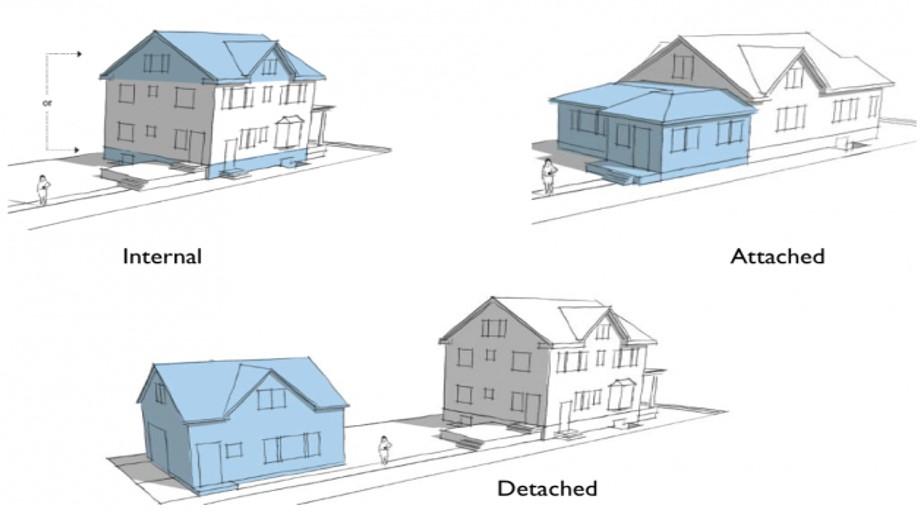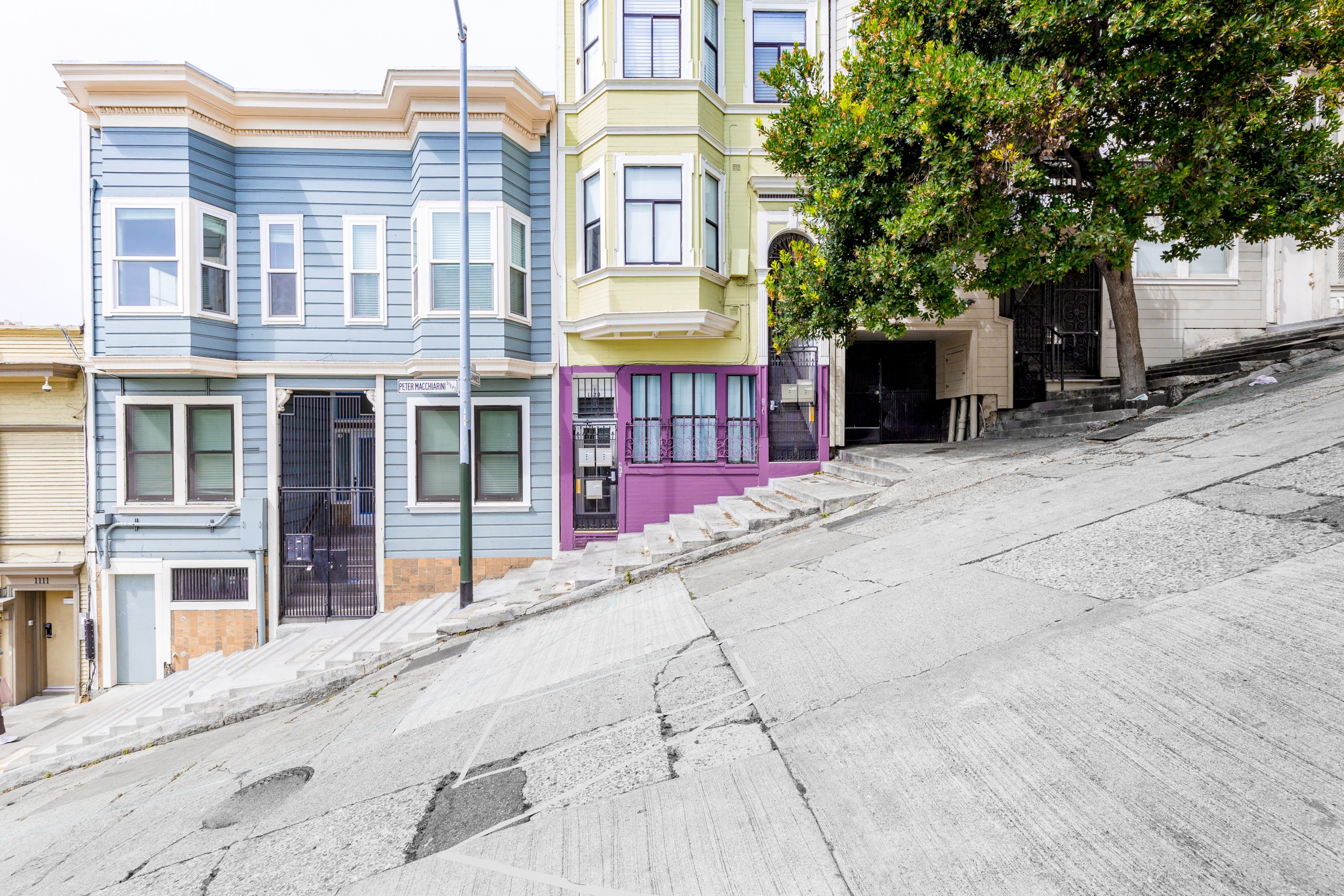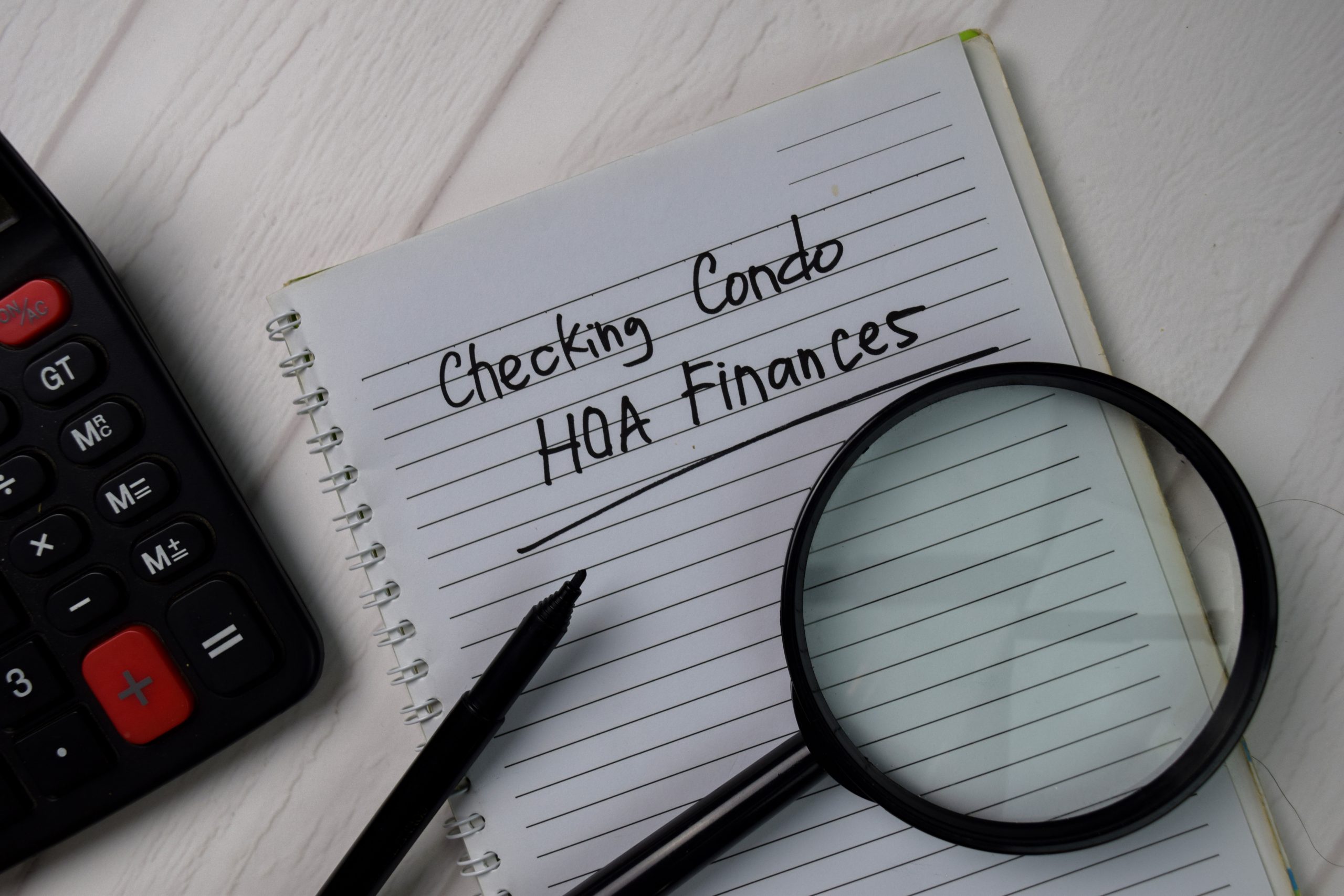Real estate developers often require agreements from neighboring property owners to coordinate logistical issues during construction. This is particularly true for infill projects in dense urban neighborhoods, where structures are frequently built to the property line and adjacent to existing buildings. Developers are well-served by considering the logistical needs of their projects during the entitlement period, so that they may begin negotiations with adjacent property owners. Doing so provides the opportunity to adjust their projects and/or budgets if it appears that obtaining necessary agreements may prove difficult or financially burdensome. Several topics immediately come to mind when considering what kinds of agreements may be required from neighboring property owners: Excavation Whenever a property owner intends to undertake excavation on its property, it is required to provide notice to neighboring property owners that states (a) the depth of the planned excavation, and (b) the date when excavation will begin. When “excavation is to be of a greater depth than are the walls or foundations of any adjoining building or other structure, and is to be so close as to endanger the building or other structure in any way,” the adjacent property owner must be provided at least 30 days’ notice to protect its property from damage, and it must be given a reasonable license to enter onto the property where excavation will occur in order to do so. Cal. Civ. Code § 832(3). The tables turn, however, when the “excavation is intended to be or is deeper than the standard depth of foundations, which depth is defined to be a depth of nine feet below the adjacent curb level. . . .” Cal. Civ. Code § 832(3). In that case, the excavating owner has the burden to protect the adjacent structure(s) without cost to the adjacent property owner, provided that the adjacent owner provides a license for the excavating owner to do so. If damage occurs to the adjacent building during the excavation, the excavating owner may be liable for such damage, except for minor settlement cracks. When a project requires a deep excavation, the developer’s engineering team typically prepares a shoring plan. Tiebacks are often used to support the shoring system, as an alternative to internal bracing. When tiebacks will be placed under the land of an adjacent property owner, the developer must obtain the adjacent property owner’s agreement to the installation. An agreement is also required if the tiebacks will remain in place after construction. The form of the negotiated agreement – license or recorded easement – is largely determined by what will happen to the tiebacks after the completion of construction. If title to the tiebacks will remain with the developer, a recorded easement will be required. If such title will pass to the adjacent owner, a license agreement may be sufficient. In either event, the developer should consider how removal of the tiebacks will be handled in the event that below-grade construction on the adjacent property later occurs. If the tiebacks will be removed, the developer may want to retain control over the removal process, and have an opportunity to repair any damage to waterproofing or other building systems when removal occurs. It is advisable to consider such issues when the tieback agreement is negotiated. Pre-Construction Inspection Given that a developer may be liable for damage caused to an adjacent structure during excavation, it should document the pre-construction condition of the interior and exterior of the building. Developers should request the right to conduct such an inspection during initial negotiations with the adjacent property owner. If there is a dispute later, the pre-construction survey provides the best evidence of the condition of the adjacent building before construction activities commenced. Settlement Monitoring We recommend that excavating developers monitor whether settlement is occurring on adjacent properties during the course of its excavation and other construction activities. The developer should negotiate the right to establish survey measurements on the exterior elevation of neighboring buildings, and should periodically determine if settlement has occurred. Consultation with experts will help determine what level of settlement is acceptable, and at what threshold work should stop so that the impact of any settlement may be evaluated. Crane Installation and Operation A mobile crane may be sufficient to facilitate the construction of smaller projects. In those cases, developers should consider where the mobile crane will be placed and for what period(s) of time. It may be necessary to negotiate with an adjacent property owner to allow the crane to be temporarily placed on the adjacent property. Developers should be mindful that some jurisdictions require a neighbor agreement for issuance of a street space permit if the mobile crane will be placed in the adjacent right of way. Most larger projects require the use of a tower crane. Generally speaking, an agreement from a neighboring property owner is not required if a tower crane will merely weathervane over an adjacent property, and will not carry live loads over neighboring land. However, when other negotiations are being undertaken, it is advisable to incorporate a crane swing agreement when a tower crane will be used. Scaffolding When a developer’s construction will require the installation of ground-supported scaffolding over the boundary line with an adjacent property, it is necessary to secure consent from the adjacent property owner. If cantilevered scaffolding will be installed as vertical construction progresses, or if a swing stage may be used during construction, it is recommended that an agreement be negotiated notwithstanding legal authorities concerning the use of airspace over adjacent land. Flashing/Waterproofing In circumstances where a new building will abut an adjacent building, the developer often wants to install flashing or other waterproofing between the buildings. Where the installation will require access to the adjacent building or the flashing assembly will cross the boundary line between the properties, an agreement should be negotiated. It is advisable for developers to conduct that negotiation during the pre-construction negotiations of other agreements, rather than undertaking such negotiations near the end of the construction process. Developers should also consider post-installation maintenance when negotiating











